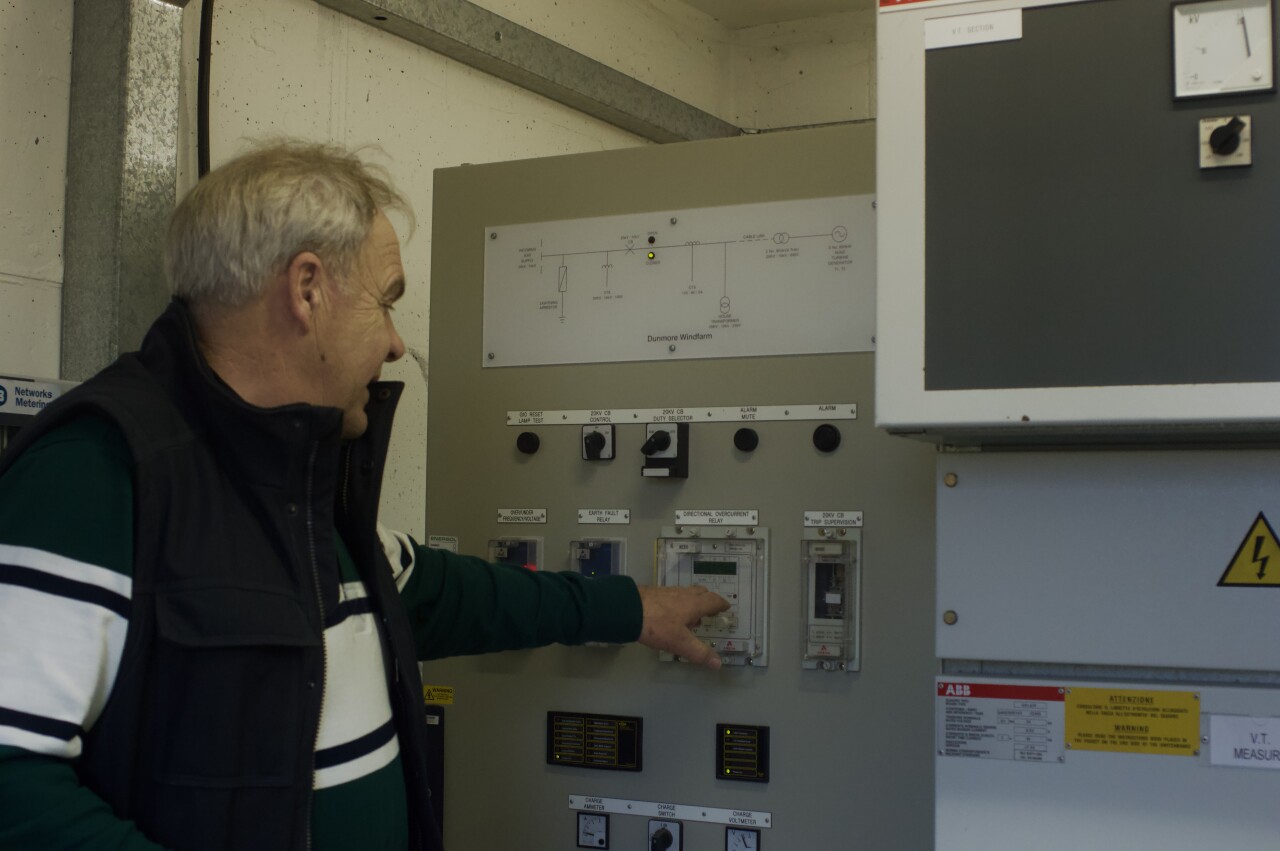Leinster’s Wind Farms: One man’s journey to a renewable Ireland
One man's commercial endeavour to increase Ireland's reliance on renewable energy illustrates the highs and lows of operating a wind farm and Ireland’s huge potential for wind energy.
When Gerry Maguire, of Julianstown, County Meath built and invested in his own wind farm in Collon, County Louth, he made a significant contribution to the development of renewable energy in Leinster. All by utilising his own land to host a wind farm with five turbines.
Ireland's best tool for combating the climate emergency is wind energy according to environmentalists.
Irish onshore wind turbines reduced CO2 emissions that are harming our world by 4.5 million tonnes in 2020. This is double the amount of savings achieved by all other renewable energy technologies collectively.
Ireland has just under 400 wind farms on the island, and as of May 2022, the Republic of Ireland had 4332.5 MW of installed capacity.yo put this in perspective, the average household uses about 10,000MW of energy per year.
But how efficient is wind energy for producing electricity? According to the Sustainable Energy Authority of Ireland, (SEAI)-energy in Ireland report in 2020, renewable energy made up 12%of gross final consumption, relative to a 2020 target of 16%. This, therefore resulted in the avoidance of 5.8 million tonnes of CO2 emissions and over €500 million in fossil fuel imports.
The Government has set legally-binding targets to cut greenhouse gas emissions by 51% by 2030 in order to ensure that we are on the path to net-zero emissions by the middle of the century.
Every area of the economy, as well as every city, town and village, are involved.
However, the energy industry will experience the biggest losses. By the end of the decade, electrical production's carbon emissions must be cut by 75% (from 2018 levels).
To do this, we must cut carbon emissions from the production of power from their current level of about 10 million tonnes annually to about two million. This can only be achieved with additional wind farms.
Although owning a wind farm has numerous advantages for the environment and the economy, the process of creating one is not so simple. Mr. Maguire is the owner of Dunmore Wind farms in Collon, Co. Louth. Mr. Maguire led Amarách on a journey of how he built his own empire from renewable resources.
“I was at a machinery show in Denmark and there were a lot of wind turbines out there. I myself was lucky enough to own a fair bit of land and asked whether my site at home would be suitable for a farm and it turns out the energy we had the potential of producing from these hills was unbelievable.”
“So I went to the bank with my neighbour and business partner, where I proposed my idea and took a loan out of 2 million.”
Mr. Maguire ran the farm with two turbines originally for 2 years, until he decided he wanted to grow his farm even more. The loan eventually ended up coming to a whopping 10 million euro and resulted in 5 wind turbines and two substations.
“So what we do is essentially we produce on the hill down to our substation, that energy is then put into the national grid which is The ESB.”
“The ESB buys the power off us, which is tacked on to a meter in the Dunmore substation. That energy is then brought to our Grangegeeth substation and from there it is brought to Drybridge in Drogheda and then the power is distributed to the houses around the town.”
Dunmore wind farm produces enough energy to power 800 homes in the northeast region. As far as upkeep goes, like anything else the turbines need to be serviced regularly, however Mr. Maguire likes to keep a close eye on them himself as well as this.
“You could have a breakdown of €100,000 but we are taking in huge money from the farm so it essentially pays for itself.”
“You’d need to be young to do this job though to benefit from it properly there’s an awful lot of trekking around in the hills in order to maintain the upkeep that I’m not really able for,” he laughed.
When asked if he believes that Ireland could become 100% reliant on wind energy, Mr. Maguire had an interesting response: “I don’t think the country could become 100% reliant on wind, despite there being plenty of it. I believe that new technology could lead to hydrology becoming the main source of energy, but at the moment wind is the best form of energy because there’s plenty of it.”
An endless and sustainable source of clean energy, onshore wind is crucial to the global transition away from fossil fuels. The road to cutting down our CO2 emissions as a country looks a whole lot brighter when people are willing to do their part for the future.
One man's commercial endeavour to increase Ireland's reliance on renewable energy illustrates the highs and lows of operating a wind farm and Ireland’s huge potential for wind energy. When Gerry Maguire, of Julianstown, County Meath built and invested in his own wind farm in Collon, County Louth, he made a significant contribution to the development of renewable energy in Leinster. All by utilising his own land to host a wind farm with five turbines. Mr. Maguire is the owner of Dunmore Wind farms in Collon, Co. Louth. Mr. Maguire led Amarách on a journey of how he built his own empire from renewable resources. Dunmore wind farm produces enough energy to power 800 homes in the northeast region. An endless and sustainable source of clean energy, onshore wind is crucial to the global transition away from fossil fuels. The road to cutting down our CO2 emissions as a country looks a whole lot brighter when people are willing to do their part for the future.
